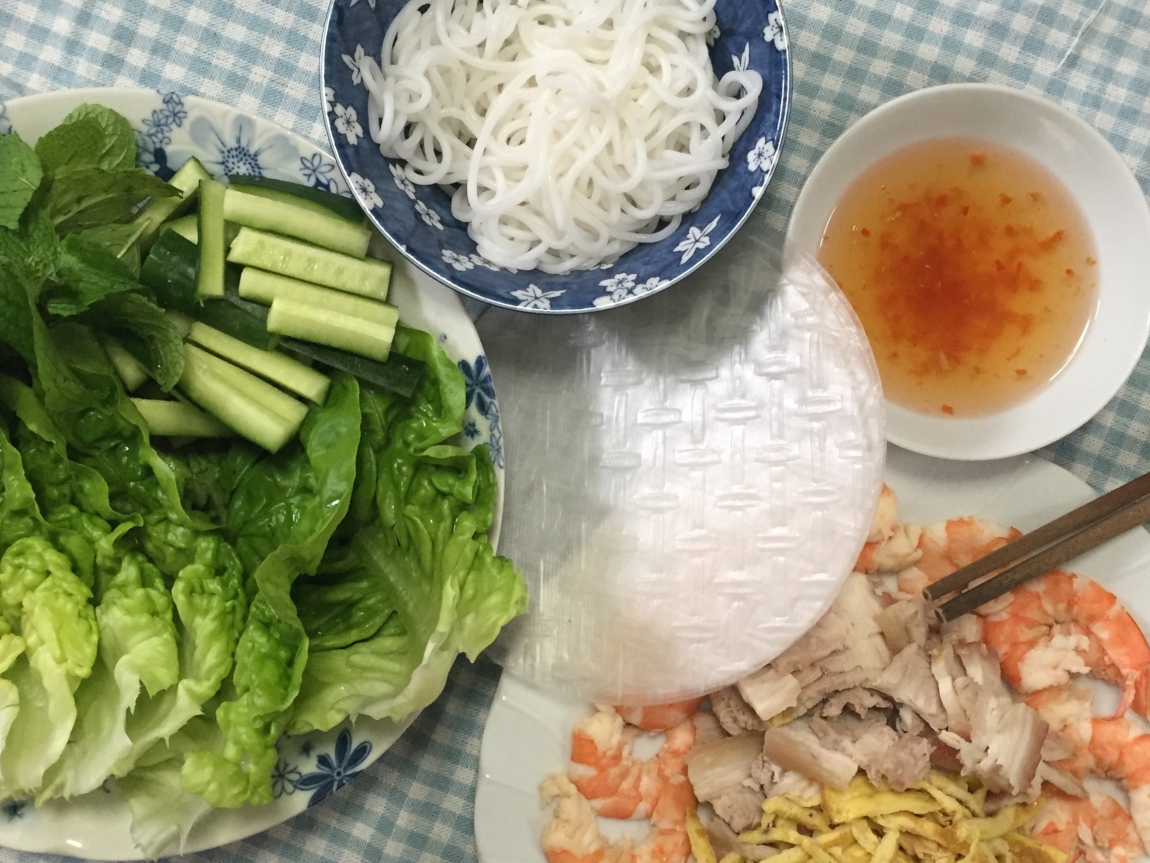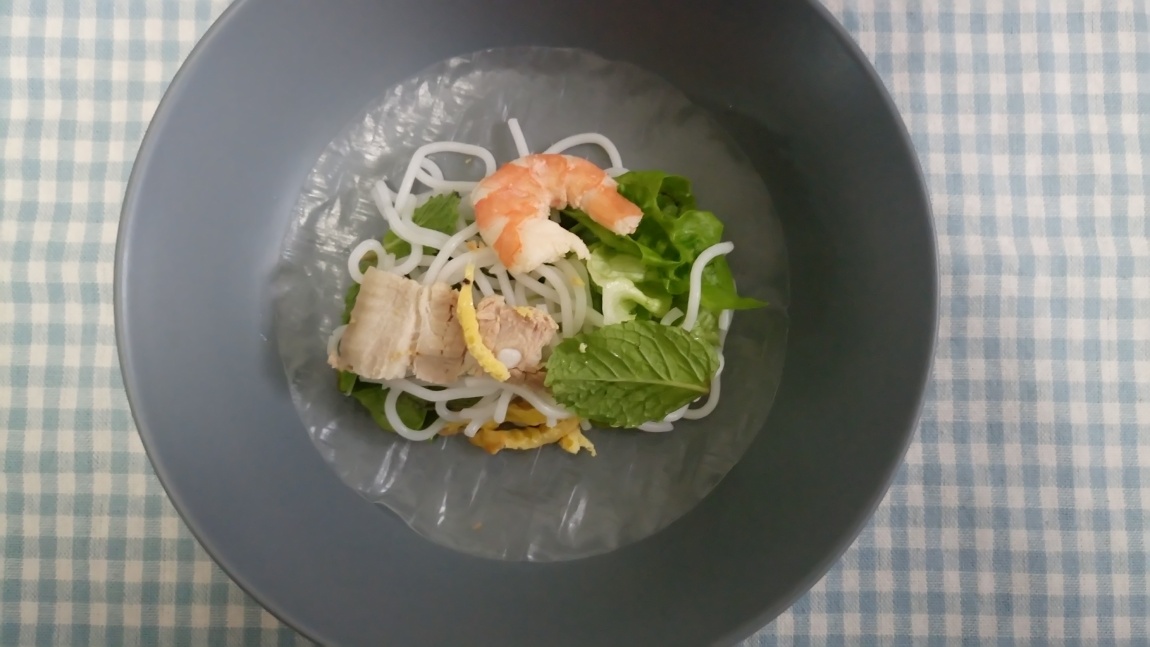
Recently two of my very close friends (one of them an expert in pumpkin prep) decided that their current jobs have become too much to bear. There comes a point when all the long working hours, the taxing straining professional relationships and the constant supervision will no longer justify the monthly paycheck. There comes a point when the learning curve stagnates and you start churning out results like a robot. They have reached that point, and they quit.
What are they going to do afterwards? Traveling the world finding the purpose of their existence or becoming a global volunteering English teacher? Pursuing higher studies or taking a break from one cubicle before moving on to another different one? I am in no place to comment whether their plans are crazy, simplistic or concrete, but one thing I know for sure: they’re out of their misery.
I admire their bravery: to give up the status quo and to embark on a journey of uncertainty is not a decision you want to take lightly. I’m excited for them, about the endless possibilities ahead they are about to face. It led my mind to wonder: If given a choice, would we ever want to work at all? Without the need to earn money or any unit of exchange to survive, would we be happier taking long hours napping, sunbathing on a beach drinking coconut, wandering in the forest chasing colorful birds and butterflies sniffing the earthiness of the air? Would we teach our children to read widely, to seek knowledge for the sake of knowledge itself instead of job prospects? Would a work-free society be better or worse for us?
These are also the kinds of questions the three of us often delve into (after fashion/boy/girl/gossip topics have subsided) whenever we get together. We talk and talk for hours over a cuốn (roll-it-yourself) platter until one of us start to munch on vegetable scraps on the table and remind the other two that tomorrow is Monday, and so the pre-Monday symptoms begin.
But maybe we should be grateful for the endless overtime working hours and the love-hate relationships with our jobs, without which our cuốn meals wouldn’t be so satisfying. Prawn, pork belly or Chinese sausage and omelet for protein, vermicelli for carb, and cucumber and lettuce for freshness. Grab a piece of rice paper, you roll your way and I roll mine. Tomorrow may bring about a shitload of documents to verify and a bunch of accounts to consolidate, but today my friends, right now is the time to celebrate, to be as liberal about our cuốn filling as we can.
Hey you, my two narcissistic, shallow and judgmental mates, no matter what the new life is going to throw at you, don’t you ever stop being such adorably narcissistic, shallow and judgmental mates you’ve always been.
Bon voyage my dears, and good luck.
What you’ll need:
Serve 3
For the filling:
300 gr prawns
250 gr pork belly
2 eggs
400 gr fresh vermicelli
1 medium head of romaine
2 cucumbers, cut into matchstick
Mint leaves
20-25 pieces of rice paper
For the dipping sauce:
2 tbsp fish sauce
4 tbsp warm water
Juice from 1 lime
2 tbsp sugar
1 chilli, thinly diced
1 clove of garlic, thinly diced
Cook’s notes: The measurements and the ingredients here are for illustrative purposes only. In fact, you can just use about anything you like. As long as you have a balance of protein, carb and vegetables, you’re good to go.
Instructions:
- In a saucepan, poach the prawns in hot water until they turn pink.
- Fill a saucepan with cold water to cover the pork belly, bring to a boil and let simmer until thoroughly cooked (about 15 minutes when you can insert a chopstick easily into the meat.)
- To make the omelet: in a small bowl, beat 2 eggs, salt and pepper until blended. Heat oil in a non-stick pan and pour in the egg mixture, spread around as thinly as possible. Flip the omelet when the top surface is no longer liquid and leave it on for about 30 seconds before turning off the heat.
- After the prawn and pork belly have cooled down, remove the prawn shells and cut the pork belly into thin slices.
- Slice the omelet into thin strings.
- To make the dipping sauce, mix all of the ingredients thoroughly and adjust seasoning, more lime or sugar as needed.
To assemble: slightly wet to soften a piece of rice paper, put the filling in between and roll it like a spring roll.






